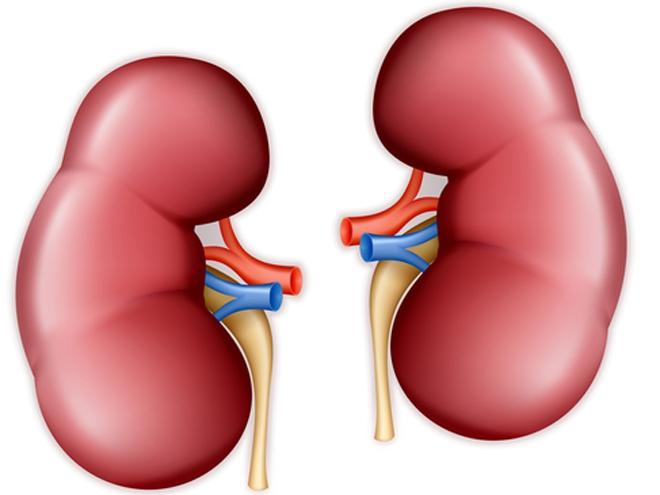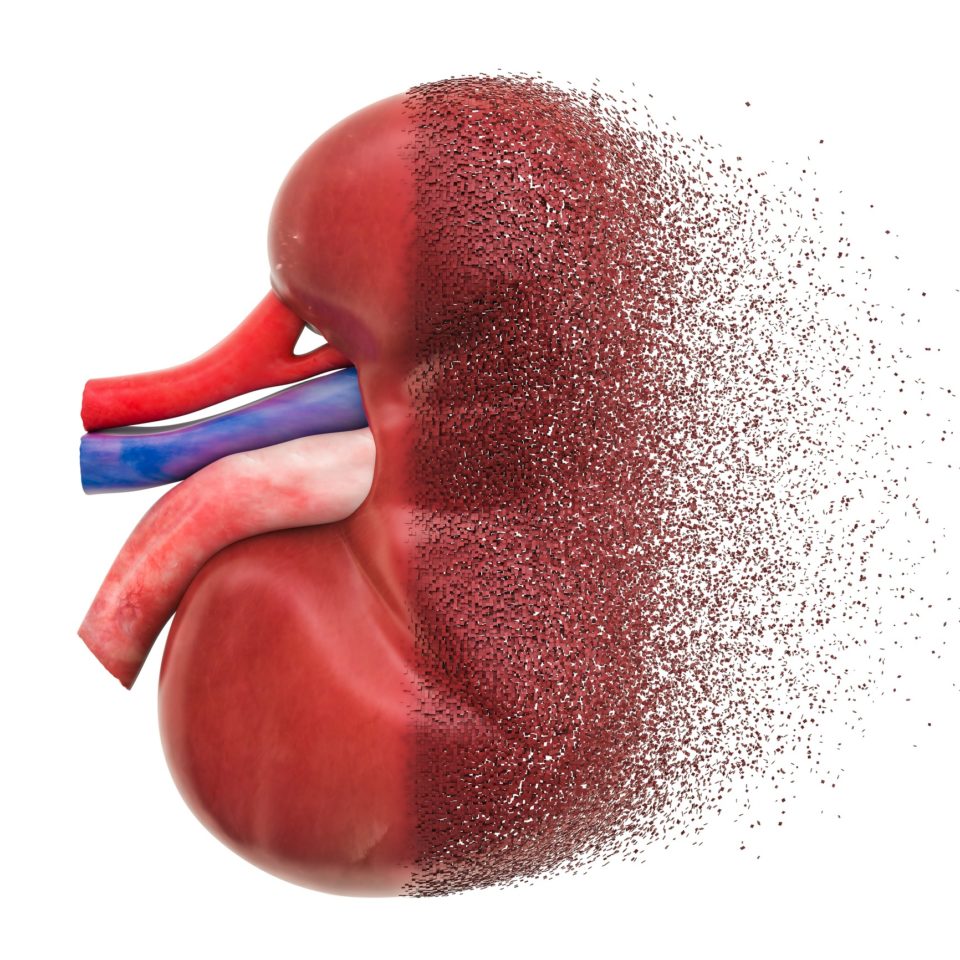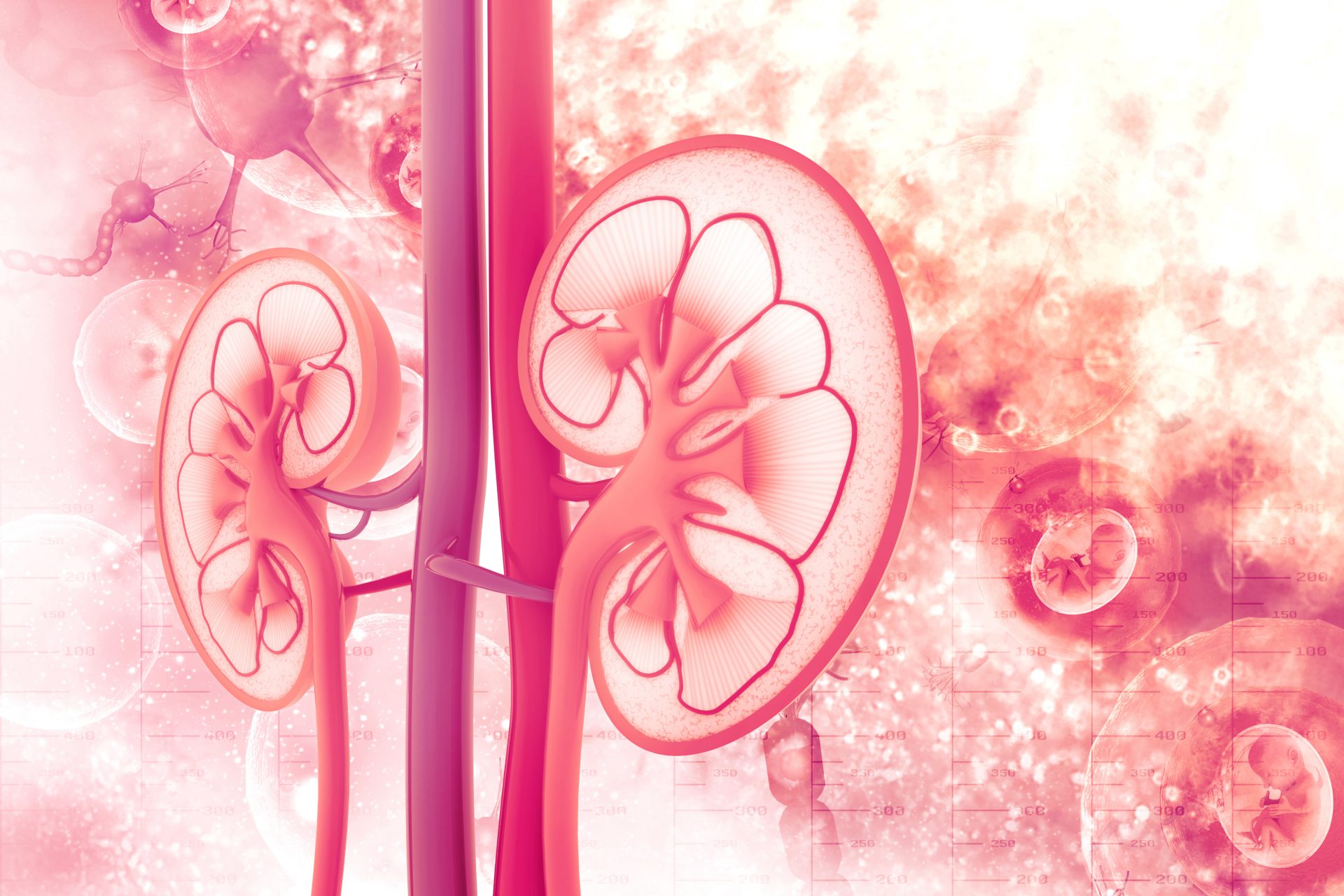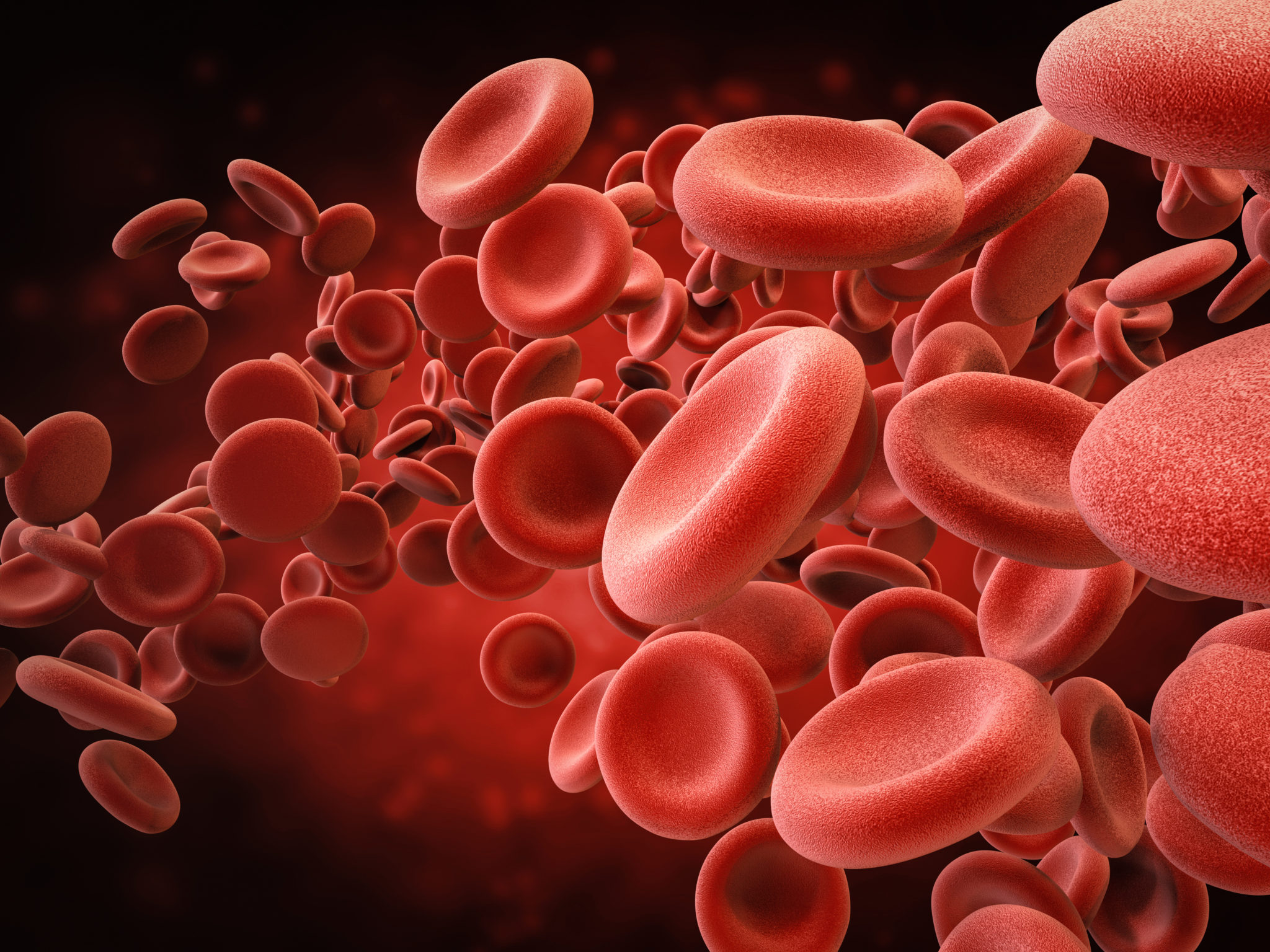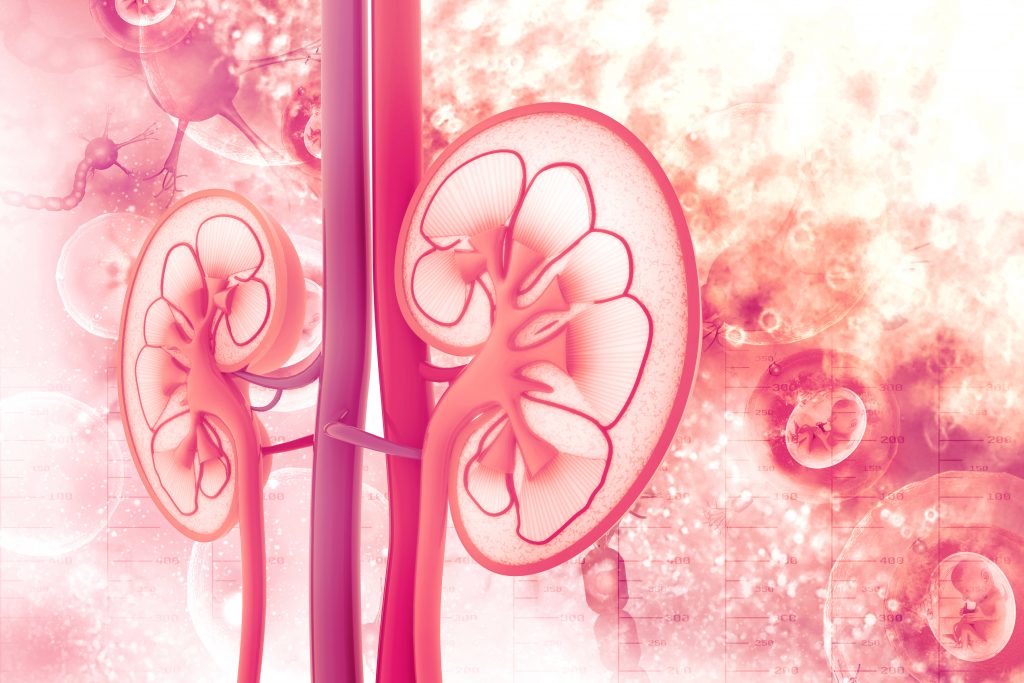There are few data available on the incidence and risk factors associated with pruritus in patients with chronic kidney disease (CKD) not on hemodialysis. Kendra E. Wulczyn, MD, and colleagues conducted a study to examine the association of pruritus with baseline estimated glomerular filtration rate (eGFR).
The researchers utilized data from the CRIC (Chronic Renal Insufficiency) study to identify 2,164 participants who were pruritus free at baseline. The Kidney Disease Quality of Life instrument was used to assess pruritus annually. Cox models adjusted for age, sex, race, ethnicity, diabetes, smoking status, and opioid use were used to examine the association of pruritus with baseline eGFR. Participants were stratified by eGFR of <30 mL/min/1.73 m2, 30 to <45 mL/min/1.73 m2, 45 to <60 mL/min/1.73 m2, and ≥60 mL/min/1.73 m2. Markers of bone-mineral metabolism and inflammation were added to the models to assess their association with risk of pruritus in an exploratory analysis.
Mean participant age was 58 years, 43% were women, and 43% were Black. Median follow-up was 6 years. During follow-up, 684 participants developed moderate-to-severe pruritus; the overall unadjusted incidence rate was 4.6 per 100 person-years.
Overall, the 5-year unadjusted cumulative incidence of pruritus was 21%. Among participants with eGFR ≥60 mL/min/1.73 m2, the unadjusted incidence was 18%; among those with eGFR 45 to <60 mL/min/1.73 m2, 20%; eGFR 30 to <45 mL/min/1.73 m2, 24%; and eGFR <30 mL/min/1.73 m2, 20%.
In the fully adjusted model, compared with eGFR ≥60 mL/min/1.73 m2, there was an association between eGFR of 30 to 45 mL/min/1.73 m2 and a 39% higher risk of pruritus; an eGFR <30 mL/min/1.73 m2 was associated with a 56% higher irks of pruritus.
Independent of eGFR, there were associations between female sex, diabetes, current smoking, and opioid use with increased risk of pruritus. Serum albumin and C-reactive protein were also independently associated with pruritus. There was no association between calcium, phosphorous, and parathyroid hormone, and pruritus.
In conclusion, the authors said, “A significant proportion of patients with CKD develop pruritus, even at moderately reduced eGFR ≤45 mL/min/1.73 m2. Careful assessment and management of pruritus should be considered as a part of routine CKD care.”
Source: https://www.asn-online.org/education/kidneyweek/2021/program-abstract.aspx?controlId=3607755


